Restoring a Rare Vintage Ladies' Motorcycle
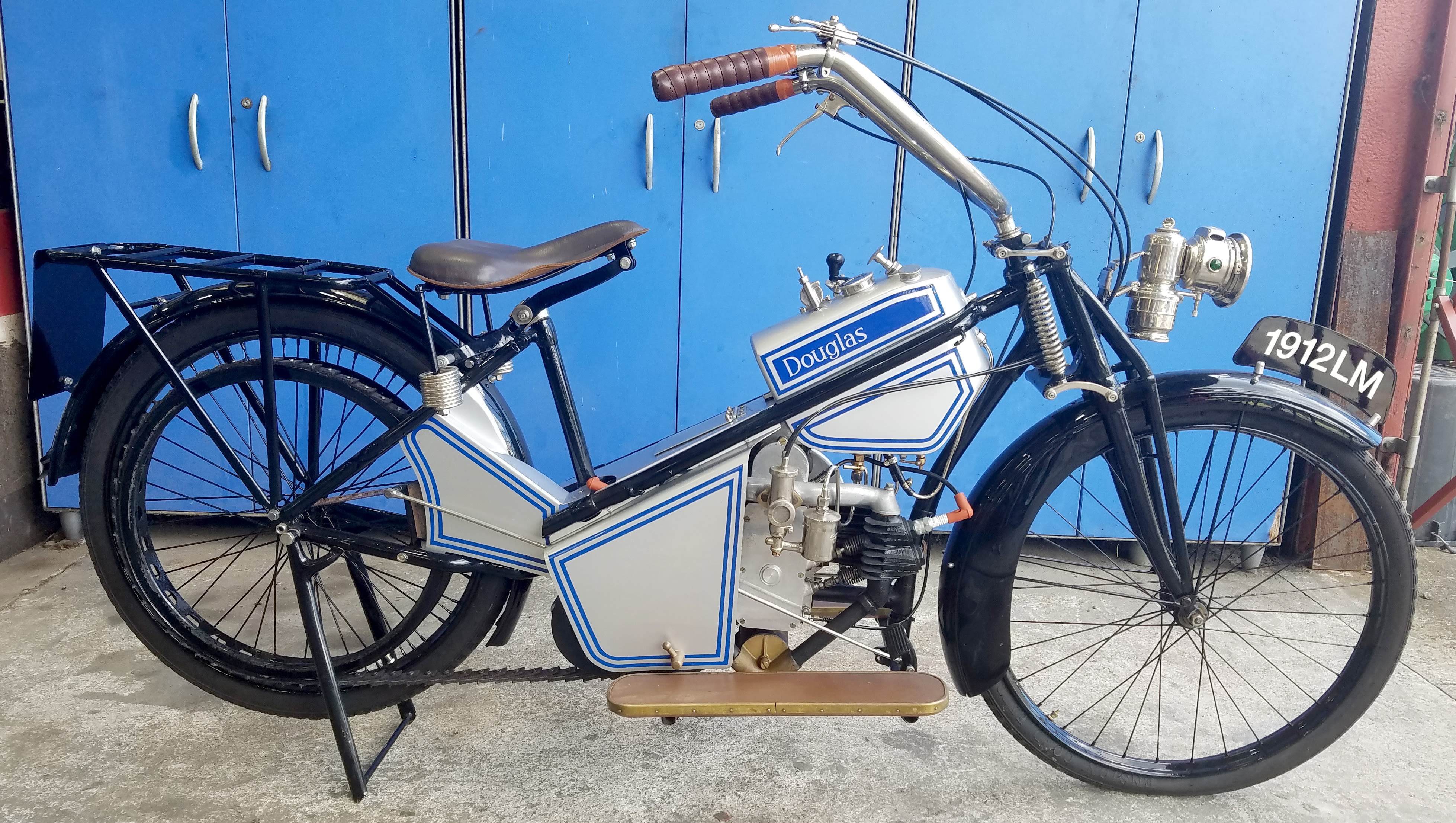
MOTAT has a great collection of motorcycles, including a rare Douglas ladies’ machine dating from 1912. Over the past few years, this charmer has been restored to look like new by the skilled MOTAT Road Transport team.
Douglas Engineering Company, of Douglas Road, Kingswood, Bristol, was founded in 1885 by brothers William and Edwin Douglas. The company was a general engineering firm and iron foundry, making high-quality castings. But from 1907 to 1957, Douglas Engineering produced motorcycles, along with aero engines, industrial engines, and small industrial vehicles.
The company began producing ladies’ motorcycles around 1910. MOTAT’s Douglas ladies’ motorcycle dates from 1912. But how do you determine the “gender” of a motorcycle? John Triggs, one of the Road Transport volunteers who recently worked on restoring it, says “It's actually the frame that makes it a ladies' motorcycle. If you look at the pictures, the top tube goes in a downward slope towards the rear wheel, whereas the man's one is horizontally straight across to underneath the seat. That was so the lady could get her leg through the frame to sit on the bike, and then put her feet on the footboards." Because, of course, women’s skirts were long in 1912.
The bike was loaned to MOTAT by the family of Mr J. Laing of Feilding in 1968 and was on display for a number of years. After some time in storage, it was ready for restoration in the 2010s.
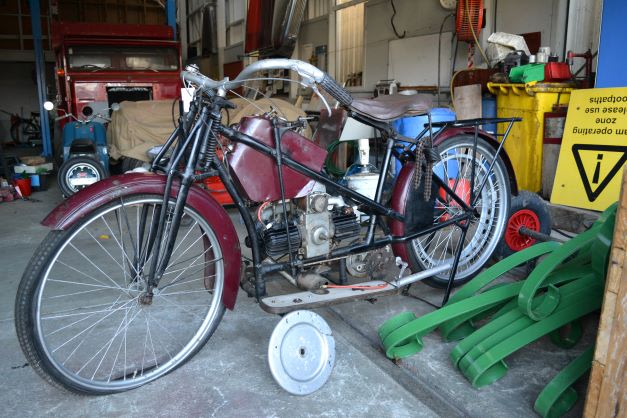
John recalls that it was not in good nick by then and that some of the original parts were either missing or too damaged to be repaired. The first step in the restoration process was to "strip it right down...and find out what's wrong," John explained. "Pull it to bits - basically to the last nut and bolt and find out what's broken, what isn't, what can be repaired."
A museum in the Netherlands that makes specialist parts for other museums was able to supply a lot of the parts. From that museum, John recalls, MOTAT obtained new "pistons for the engine, brand new tyres and tubes, footboards, and a few other bits and pieces. We (first) worked on the basic parts, like making sure the frame was repaired, the mudguards, and all that sort of thing until the stuff arrived so that we could then start. Start from the basics. Get it looking like a bicycle, and then we could work from there."
The tyres and tubes for the Douglas are unusual. John explains: "They're beaded tyres. The tyre has got a special shape and fits onto the rim and then underneath it. So each side - it's like a folded over part, and it goes in underneath. I would actually hate to change a tyre once it's on there. It would be extremely difficult to take off. I don't know how a lady would change a tyre on the side of the road."
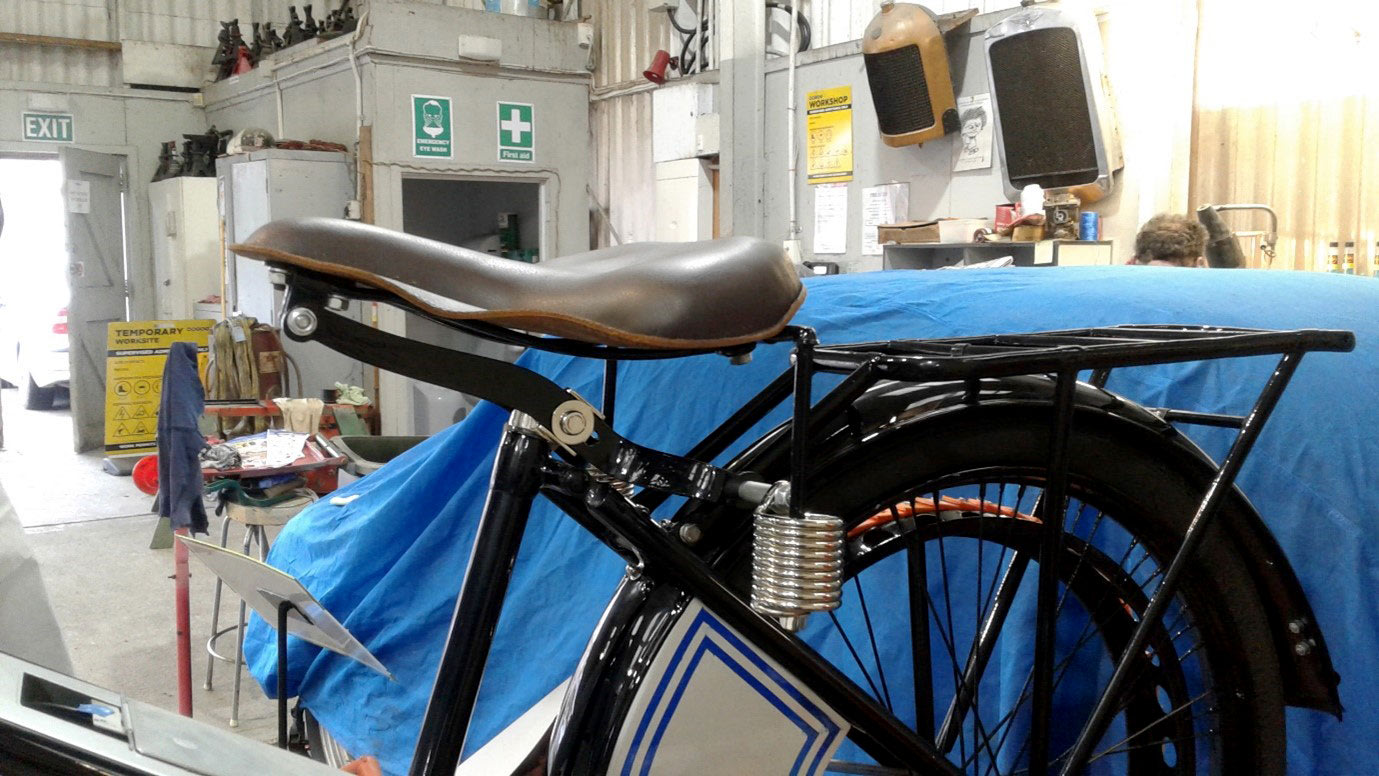
Originally the Douglas had side panels, a top panel, and guards across the rear wheel to stop a lady’s skirt from getting caught in the chain or belt or the rear wheel itself. New panels were made at MOTAT’s Aviation section. From Steve Subritzky, John learnt "How to do the panel beating side of it and how to fold aluminium and make all the shapes, which was something I'd never done before."
The saddle, which was in a poor state, was repaired by an Auckland saddler. John recalls, "When we got it back, it was the most beautiful thing. He'd used the base, which was there, and the original horsehair lining instead of foam, and then covered it in the leather. Formed the leather. The comment was, “That's a beautiful piece of machining” and he said, 'No, it's all been sewn by hand.' It's a lovely thing."
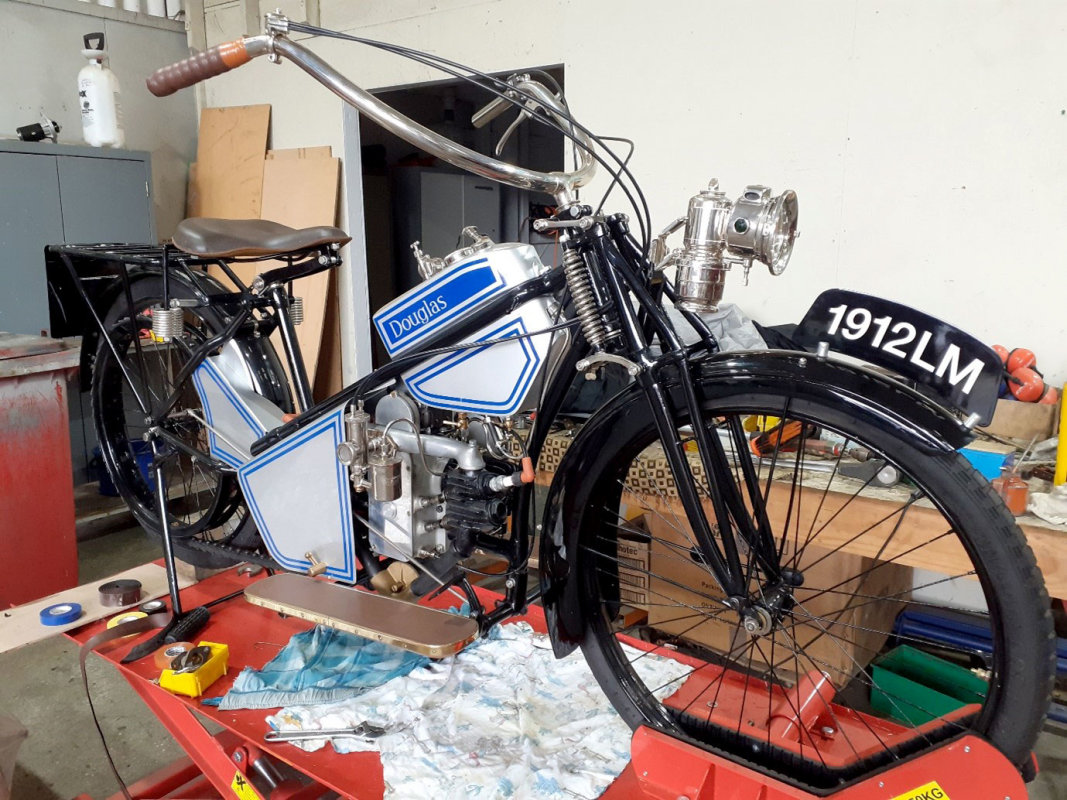
The metalwork has been nickel plated to look like new, too. John took a keen interest in the headlight: "I repaired because it was all dented and horrible. Turns out, it was a genuine carbide lamp from about the same era, 1910 to 1912. It won't work on carbide, unfortunately, but that's an interesting little part in itself." And the restored number plate has the number that the bike was originally registered with.
The restoration on the Douglas ladies’ motorcycle took around five years and was a real team effort by the Road Transport staff and volunteers, such as Murray Wilson and Dan Leahy, with help from other parts of MOTAT as well as outside experts.
And riding it? Well, it still runs!
"We've had it running quite a few times," John says. "Not easy to start. You have to paddle it. Not pedal, paddle. You've got to run it along with your feet, and then, hopefully, if it's in gear, turn the engine over. It's got a thing called a decompressor on it, so you can turn the engine over without any compression. You let that go and hope it fires. Or you might have had a push or be on the side of a hill. There's no clutch and only one brake. Two gears, with no clutch so you've got a crash change gearbox. And there are two levers on the handlebar: One's the choke, and one's the accelerator, so it's not a twist grip like on modern bikes. You've got to move the lever from side to side."
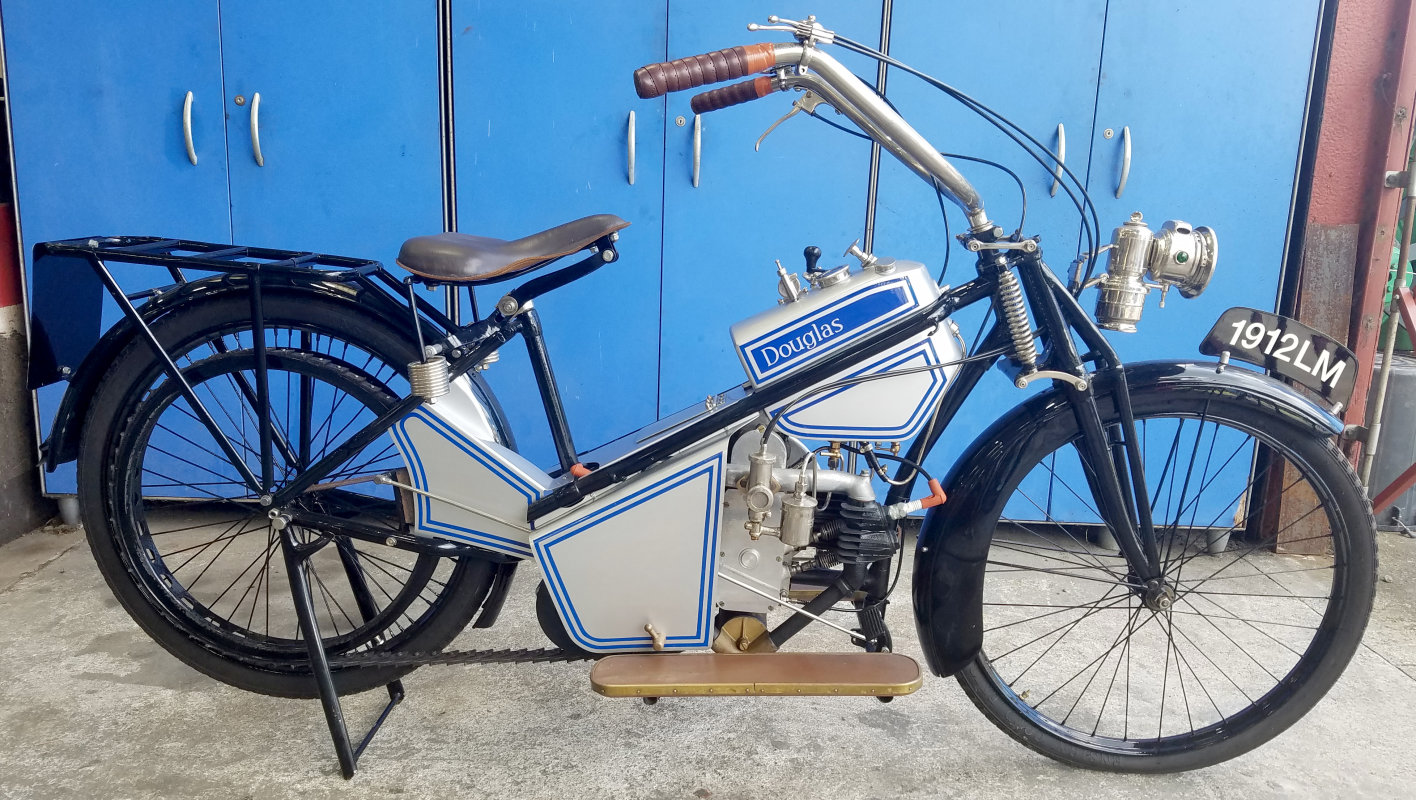
Those early motorcycling ladies certainly were intrepid. Muriel Hind, who contributed a regular column to the weekly magazine Motorcycling, described why she liked riding a motorbike. "I like the feeling of power, life, the mighty rushing wind beating on one’s cheeks with the roar of the passing breeze, and the beat of the exhaust deafening one’s ear. This is the power that drives, and here is the motorcycle’s charm."
Hop on and enjoy this visual tour of MOTAT's lovingly restored 1912 Douglas Ladies' Motorcycle:
Story by Megan Hutching, Oral Historian, MOTAT
Links:
The Classic MotorCycle: Douglas Ladies
Douglas Engineering Company
Oral history interview with John Triggs
Bert Pol Vintage Motorcycles
The National Motor Museum Trust: Muriel Hind
Richard Pearse 1912 motorcycle in MOTAT Collection
Citation:
Hutching, Megan. 2022.
Restoring a Rare Vintage Ladies' Motorcycle. New Zealand: The Museum of Transport and Technology (MOTAT). First published: 12 January 2022. URL https://www.motat.nz/collections-and-stories/stories/restoring-vintage-motorcycle












